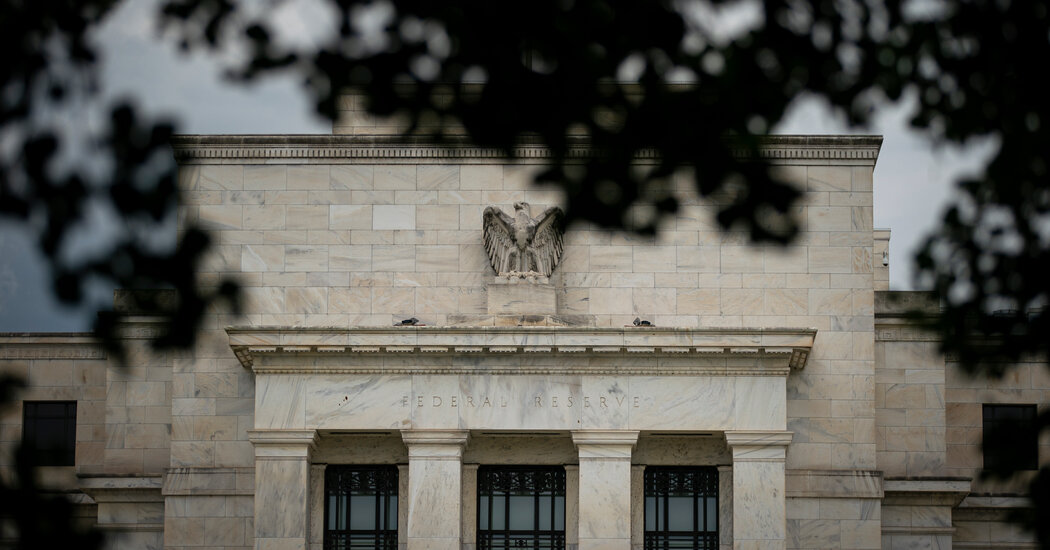
“The longer the current bout of high inflation continues, the greater the chance that expectations of higher inflation will become entrenched,” Mr. Powell warned at his news conference last month.
Inflation F.A.Q.
What is inflation? Inflation is a loss of purchasing power over time, meaning your dollar will not go as far tomorrow as it did today. It is typically expressed as the annual change in prices for everyday goods and services such as food, furniture, apparel, transportation and toys.
There are mounting signs in the data that today’s inflation is less and less the result of one-off trends that are likely to fade on their own over time. Supply chains are healing, and shipping costs that had spiked have come back down, but consumer prices continue to increase rapidly month after month. Those increases are driven by a broad array of goods and services, including climbing housing costs, pet care services and dental visits.
In their latest meeting minutes, officials acknowledged that “inflation was declining more slowly than they had previously been anticipating” and that price pressures “had persisted across a broad array of product categories.” Since then, inflation has only shown signs of deepening: Even measures of inflation that try to strip out noise in the data are unusually firm.
And there is little evidence, so far, that the Fed’s policy is working to tamp down price increases. Fed moves take time to play out, but their effects are already pretty clear in overall economic data: The housing market is slowing sharply, demand is beginning to pull back and people are eating into their savings stockpiles. Yet prices have shown little reaction to those trends.
“We haven’t yet made meaningful progress on inflation,” Christopher Waller, a Fed governor, said during a recent speech.
If that continues, it could force Fed officials to do more next year to constrain rate increases. James Bullard, the president of the Federal Reserve Bank of St. Louis and a voter on policy this year, signaled in an interview with Reuters last week that he might favor another big three-quarter point rate increase in December — taking the policy rate to a around 4.6 percent — and then further moves next year.
It’s “very possible” that incoming data could push officials “higher on the policy rate,” he said. He said it was also possible that price increases would begin to fade, however, allowing for a pause.